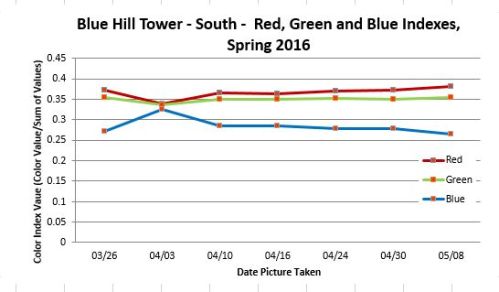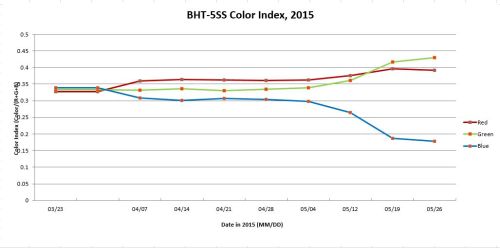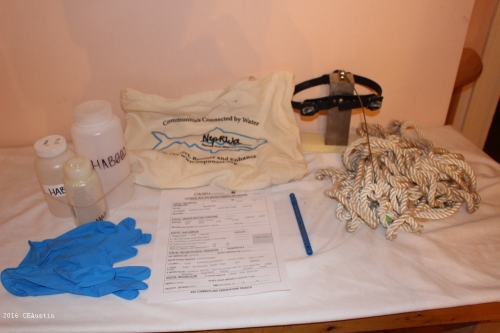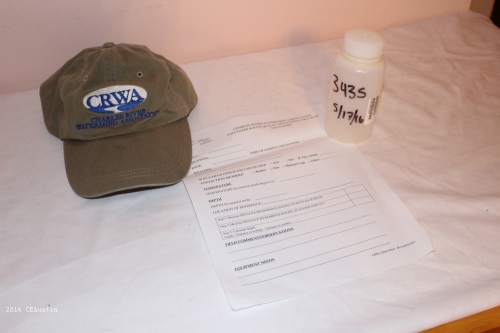The biggest trip in the last year and some was the trip to the Seattle area of Washington, and the Alaska.
The trip was taken in late August to early September to see friends and relatives. While I have been to Seattle before, Alaska was an entirely new experience.
In Seattle, we had two touring days, and two partial days. There was one very rainy day with temperatures in the 50s, while the other days were bright and sunny in the 70s.
In Alaska, we had eight touring days. The weather varied, almost as much as the terrain that I toured. But, in every side trip, there seemed to be stretches of good weather that followed foggy or rainy weather. So, I saw Alaska in several ‘moods’ – sometimes the weather shines and brings out the beauty in all its brilliance and detail, and sometimes it dulls and obscures the landscape, making it mysterious.
On the rainy day in Seattle, we decided to the Evergreen State Fair, one of the state fairs in Washington State. I’ve been to several state and county fairs before, including the ‘Big E’, Ohio, and Topsfield. I especially liked the ecclectic agricultural museum that is open all year. The next day, we walked downtown Seattle from the WaMu Center to Pikes Market, to Pioneer Square and then the bus station back.
Some of the waymarks posted include the following:
Cinnamon Works Bakery – We were helping one of us choose from the selection of gluten free cookies, wondering which one would be best, when some ahead of us said that she was buying three of the one with just about everything in it for the plane trip home. We didn’t think twice after that, and weren’t disappointed!
Manhole Cover by the Underground Tours – It is a fitting cover for a tour that spends most of the time one level below the present street level – but I love it for the portrait of the group on it – such characters.
Gerhard Johan Ericksen – Speaking of characters, how many towns put their’s on the walls of the downtown buildings?
Western Heritage Center – This is the attic of attics and barn of barns! It’s a place where old appliances and large agricultural equipment ends up. There’s a lot packed into this place, many of which either you can interact with or can be demonstrated by one of the ‘curators.’
On the first day in Achorage, we acclimated to the new climate. The time zone change wasn’t much: one hour from Seattle vs. 3 hrs from Boston to Seattle. However, daylight hours were really different – while the morning sunrise was about the same, it wasn’t dark until about 10 pm. But, we were given a tour by car, mostly between the point by the airport and downtown, then we walked through downtown to the Anchorage Museum. The next few days were spent in the Homer area, a fishing port at one point of the Kenai Peninsula. After that, we went north to the Palmer area, and finally to Seward via the Alaska Railroad before returning to Anchorage and home through Minneapolis.
Some of the waymarks in Alaska include:
Turnagain Heights Slide at Earthquake Park – The evidence may be getting harder to see in the landscape, but the earthquake of 1964 that struck Prince William Sound was most damaging in Anchorage. The more I studied this earthquake, the more I was intrigued by the event.
Flattop Mountain – This modest sized mountain is one of the most climbed in Alaska, and its vista is just wonderful. At the foot of the mountain was the city, and behind were the larger peaks of the Chugach Mountains. I was at the vista just as twilight was falling and saw the lights of the city coming on.
Most Westerly Point of a North American Highway – I’m sure that they have roads in Barrow, and Nome, but they aren’t numbered highways! So, this marks the most westard point on the globe that I have been at. I even have the certificate as ‘proof’ that I was there!
Kachemak Bay State Park – This was about as far from civilization as we got. The nearest real town was Homer, across the bay. There was no electricity, and the ranger had left the ranger station the weekend before. It was great!! We saw so much, of the flora and fauna, from the cabin we were at as well as the trails we walked and the water taxi to and from Homer. The cabin had a deck where we could look out into Halibut Cove and see dolphins jumping about and sea otters lazily floating around. We even spotted black bears. My wife spotted one just outside our cabin window!
View of Mt. Illiamna and Mt. Redoubt from Kenai Peninsula – On the way down to Homer, it was thickly cloudy with periods of rain, so we didn’t get any good views. On the way back from Homer, however, all clouds disintegrated, and we had fine views of them For the moment, they are sleeping.
Independence Mine State Park – This historic park is located just within the Talkeetna Mountains. It is the remains of one of the more successful gold mines in the state. It also marks the most northern I have been on earth. It was at the Talkeetnas that I was able to see the subtile beauty of Alaska tundra in the fall. The fireweed on the slopes turn scarlet, giving the mountains a reddish hue.
Aialik Glacier – While at Seward, we took an all day scenic boat ride around Resurrection Bay. It was another great trip. One of the stops along the way was Aialik Glacier, where the boat was parked for twenty minutes while we saw and listened to the glacier as it made its final advance to the ocean.
Seward, Alaska – We stayed at a hotel in Seward. We spent quite a bit of time at Seward, from eating at restaurants, to staying overnight at the hotel, and visiting the aquarium. I learned about the man that the city is named after.
Rosenberg Spirit House – There were several opportunities to learn about living in Alaska, including the Russian and Native American cultures there. The Anchorage Museum in Anchorage had great history and culture exhibits – we could have spent at least another hour there. In Ninilchik, we saw graves by a church that included fences and laid stones. In Eklutna, graves were differently decorated. Most of them either had blankets over the grave or wooden structures that were spirit houses. The belief that the soul of a person would live on the earth for another year and needed a place to stay. The one I waymarked was the most ornate of all. Most are windowless boxes painted in the family colors. This one was a miniature house! But even this change reminds me of how cultures are still changing today due to interactions with other cultures. Hopefully, the attention to culture preservation today will keep older traditions from becoming lost forever.
Highlights of animals seen:
Washington:
– Black velvet slug
– Banana slug
– Coots
Alaska:
– Beluga whale
– Various salmon
– Brown rabbit
– Moose
– Bald eagle (many!!)
– Magpie
– Stellar jay
– Sea otters
– Porpoises
– Black bear
– Sea anenomea
– Boreal chickadee
– Fox sparrow
– Sandhill cranes
– Pica
– Puffins
– Dahl sheep
– Stellar sea lion
The plane trip home also had spectacular views of great mountains and glaciers. We had a three hour layover at Minneapolis. We spent the time riding the people mover, and I had my picture taken by Snoopy. We landed in Boston, and we had to adjust all over again.















 .
.